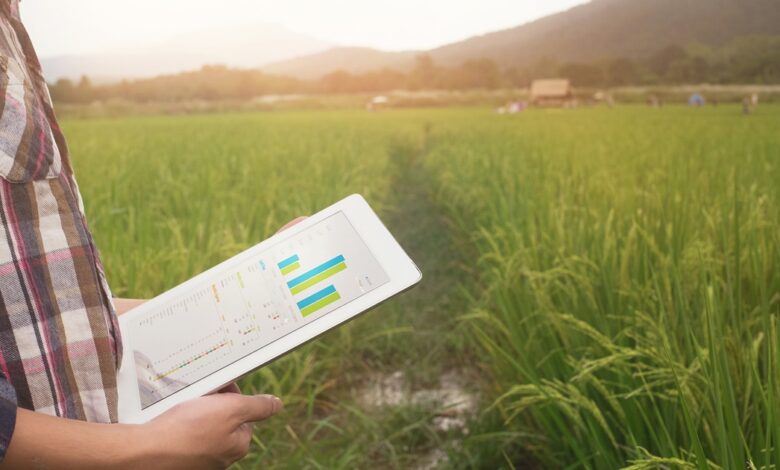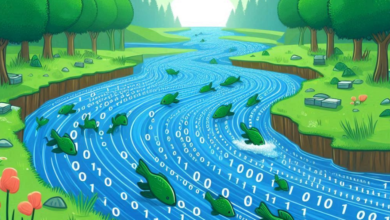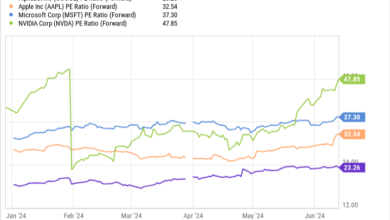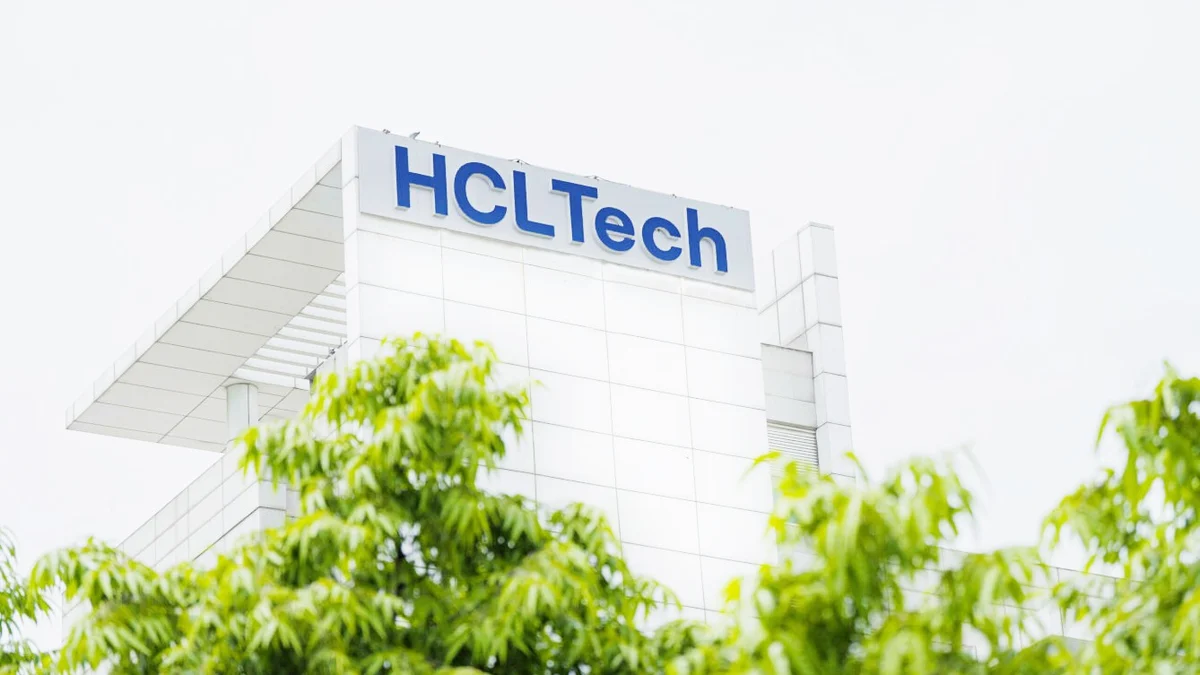Generative AI set to fundamentally change agriculture

The newest buzzword in the field of artificial intelligence is generative AI. This program creates new concepts and learns on its own enabling users to quickly generate new content based on a variety of inputs.
It is speculated that generative AI will fundamentally change farming, from breeding of new varieties and hybrids to machines and technology used on the farm, to the ways farmers gather and use data. Generative AI is essentially a machine-leaning model trained to create new data, rather than make a prediction about specific data. It is said to be able to process data and learn on its own.
At the Emerging Research Showcase April 2 at the North Carolina Biotechnology Center in Research Triangle Park, Garey Fox, dean of the College of Agriculture and Life Sciences at North Carolina State University, said N.C. State is committed to investing in generative AI. “It is the future in where we are headed in agriculture and the life sciences,” the dean said.
Fox noted that 15 to 20 faculty members in the college are already working in generative AI. He said the college is investing in a new cluster hire as a part of its generative AI program.
“We have a new faculty position that will be related to the plant sciences side, which will be housed in the Plant Sciences Building on the Centennial Campus. We are also launching a new food animal initiative in the college. One of our AI positions will be looking specifically at food animal production,” Fox said.
He noted AI will change how the college carries out its mission in research, teaching, and Extension. “It is critically important that we look at how we do outreach, and Extension, and communications. Some of the AI positions are going to be in that area.”
In addition, Fox said the College of Agriculture and Life Sciences will collaborate with the College of Engineering, which is well positioned for applied AI.
Smart breeding
Meanwhile, Issa Coulibaly, senior scientist at BASF, said AI will enable smart breeding and allow breeders to crack the mysteries of complex traits and translate biological knowledge and data into actionable precision plant breeding strategies. He said AI will play a major role in Breeding 4.0 “which represents a paradigm shift toward precision plant breeding,”
He said Breeding 4.0 will allow plant breeders to develop climate-resilient varieties and hybrids, match the genotype with the environment, and meet requirements of sustainable agriculture.
“AI-assisted breeding systems will leverage micro-scale and macro-scale data and even unstructured data to impact theoretical studies, breeding procedure development, multi-environment trials and testing network, selection and advancement, and commercial release of new varieties/hybrids,” Coulibaly said.
Coulibaly said Breeding 4.0 began around 2015 with gene editing, Crispr Cas 9, speed breeding, big data, artificial intelligence, phenomics, envirotyping, physiology, remote sensing, and crop growth modeling. He said Breeding 4.0 is a game changer that will allow farmers to improve yields on less land with fewer inputs.
At the summit, Coulibaly provided a history of plant breeding beginning, with Breeding 1.0, which began 10,000 years ago when humans switched from hunter-gatherer living to farming. Breeding 1.0 led to phenotypic selection and the domestication of wheat, millet, and maize.
“In 1886 we got into breeding 2.0. At that point we had a knowledge of how genetics transmitted from parent to offspring. That knowledge was then used to impact breeding,” Coulibaly said. Mendelian genetics, hybrid breeding in 1920, and the Green Revolution of the 1960s were all part of Breeding 2.0.
Then came Breeding 3.0 in 1990 with the development of genetic markets Coulibaly said had a huge impact on selection and breeding. Breeding 3.0 included genetic markers, genetic modification in 1994, and genomic prediction in 2010.
And finally, Breeding 4.0 which began in 2015 where artificial intelligence will be the main driver in the development of new varieties and hybrids.



